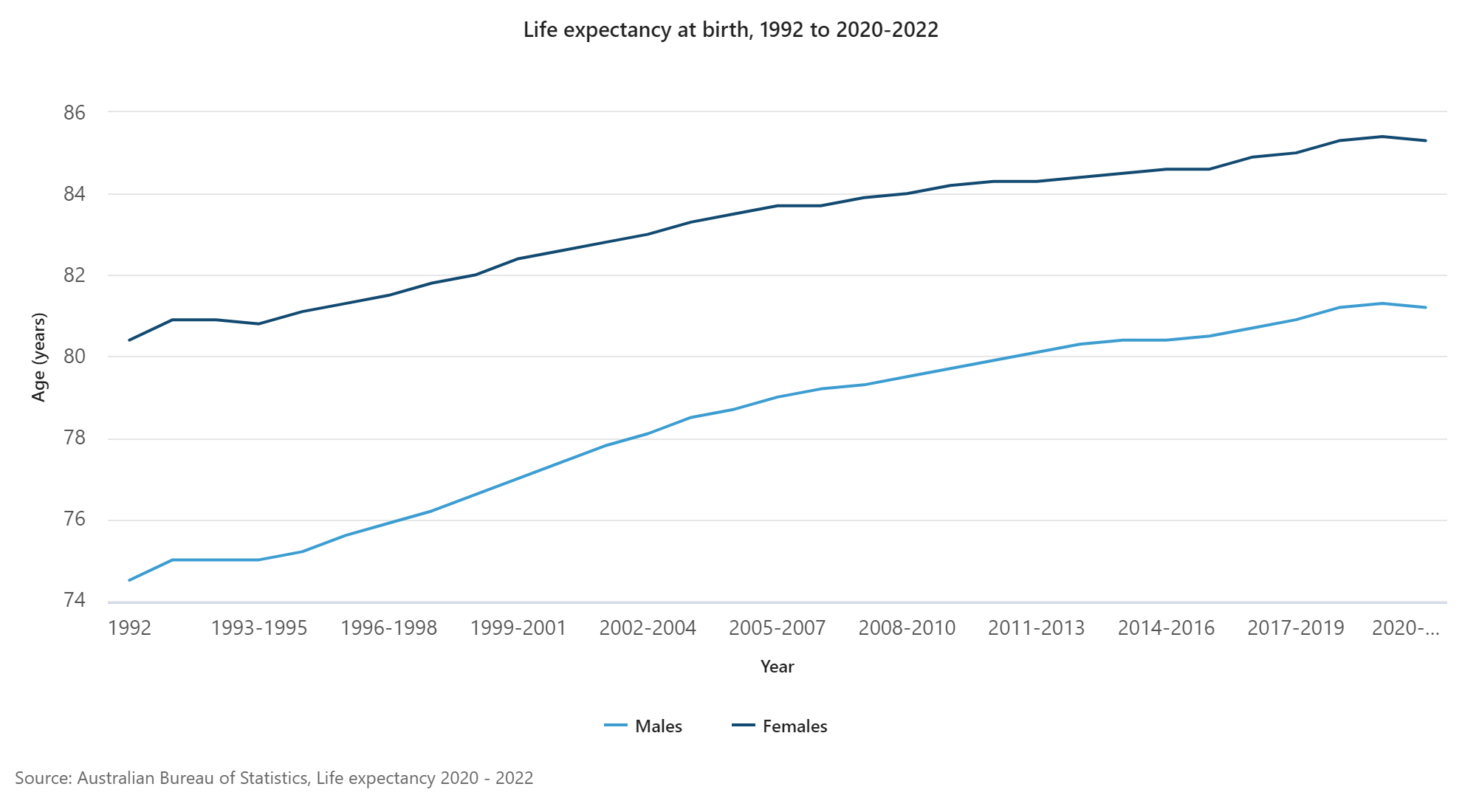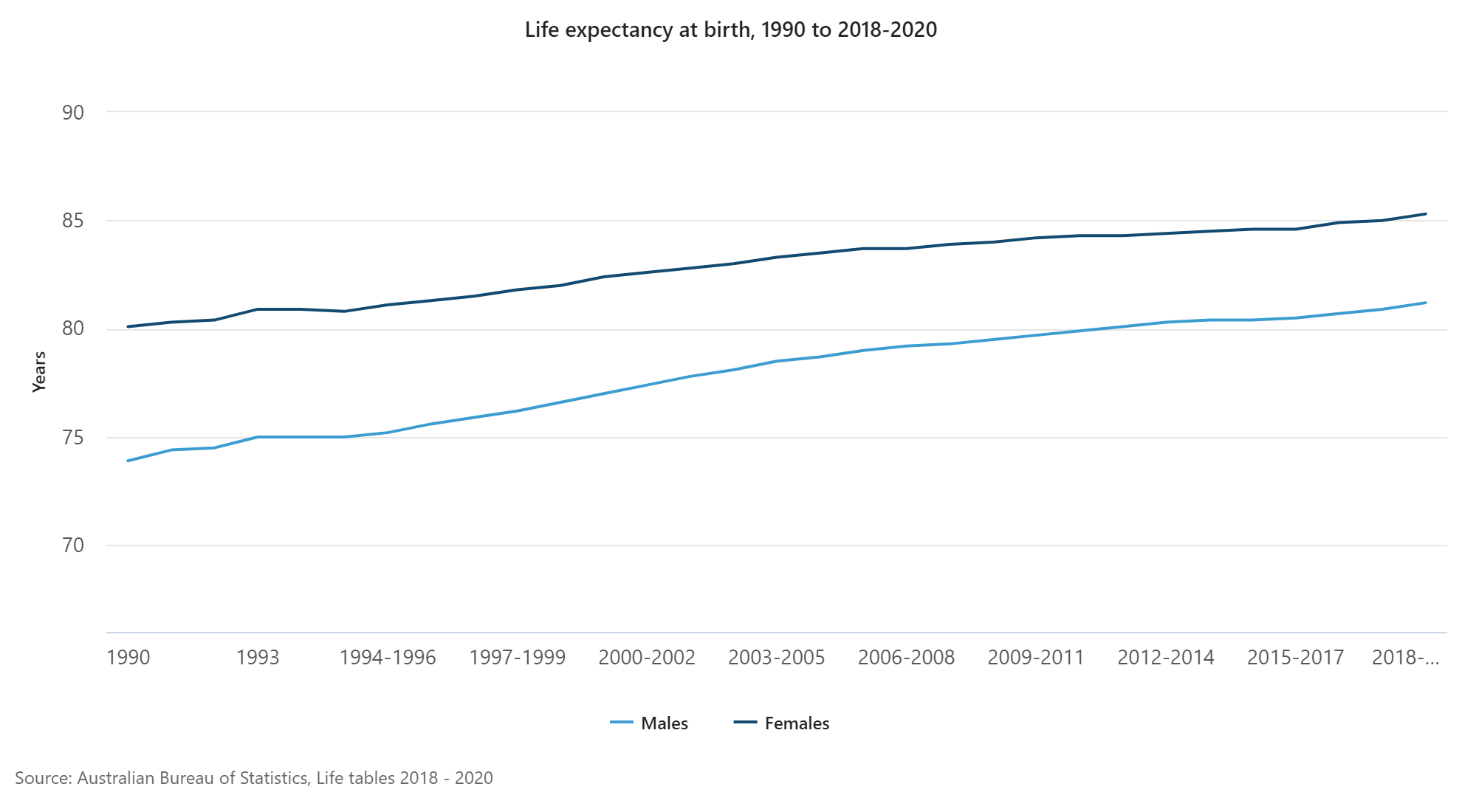I was reading today about the latest Ford Kuga – full of all the latest technical wizardry such as adaptive cruise control, active city stop, lane guidance, blind spot indicators, reverse park assist, as well as ABS, stability control and all the other usual fruit.
“It almost drives itself” I thought. But then I realised, it probably could drive itself, and will, with very little further development.

We have already seen the Google driverless cars, which have been operating for over 500,000km without incident.
And last year, Volvo released a video of a development vehicle that parks itself – not just reverse park assist, I mean a car that drops you off at the Cinema and then goes to looks for a vacant space. When the movie finishes you call the car on your phone and it comes to pick you up.
This is part of Volvo’s “vision 2020” which includes development of autonomous vehicles as a way of increasing safety. In fact, their vision is that by 2020, there will be no serious accidents or fatalities anywhere in the world in a Volvo car. I’m not sure if that includes the old Volvos, with human drivers, that will still be around by then…!
So where is all this heading? Well clearly we are very close to having driverless cars on our roads.
Many commentators have already discussed the potential impacts for increased density, and safety, on our roads. (as driverless cars will be able to drive more closely, without risk of accident)
And will all this technology herald the end of speeding (and speeding fines)? Already cars are being tested with vision systems that can read standardised speed limit signs in Europe and react accordingly. That is, they will go only as fast as the local speed limit will allow. I thought this day would come…George Orwell warned us…
But what does it mean for public transport?
In many cities across the world plans are being considered for PRT systems (Personal Rapid Transit) – kind of like the “pod cars” seen in many science fiction movies. One such system is the ULTra PRT system already installed at London’s Heathrow Airport. (and actually not too far removed from Walt Disney’s “Wedway” system proposed for Epcot, a version of which became the “Peoplemover” at Disneyland and Disney World)
Some of these, like Heathrow’s, are planned to run on rails or at least dedicated roadways, but already some are being considered to merge with local traffic. The City of Milton Keynes in the UK plans to begin operation of such a system by 2017.
But in the longer term, do you really need a “pod car” when a normal car will feature autonomous driving anyway? Why get into a dedicated pod vehicle when you could also use a driverless rental vehicle for the trip across town? Or will the vehicle manufacturers get in on the act and start making pod-like vehicles?
Furthermore, if you can catch a small, fuel efficient, personal vehicle anytime you like – do you really need the local bus?
These systems are now on our doorstep and will change the way we drive and interact with our environment forever.
Change is certainly in the air…
Tell us what you think about this, and the implications for your Council area, in the comments below…
.png?width=159&height=71&name=logo_thepopex%20(2).png)


.png?width=159&height=71&name=logo_thepopex%20(2).png)








